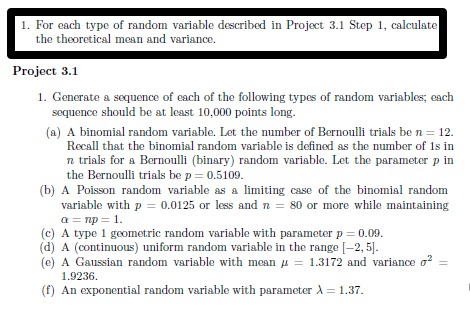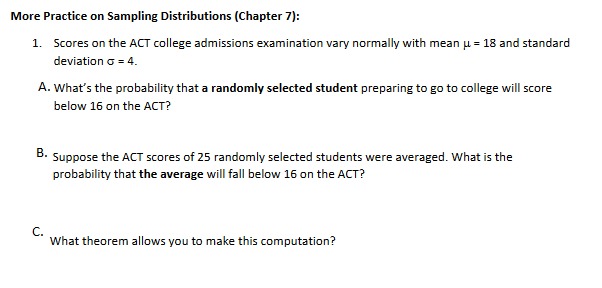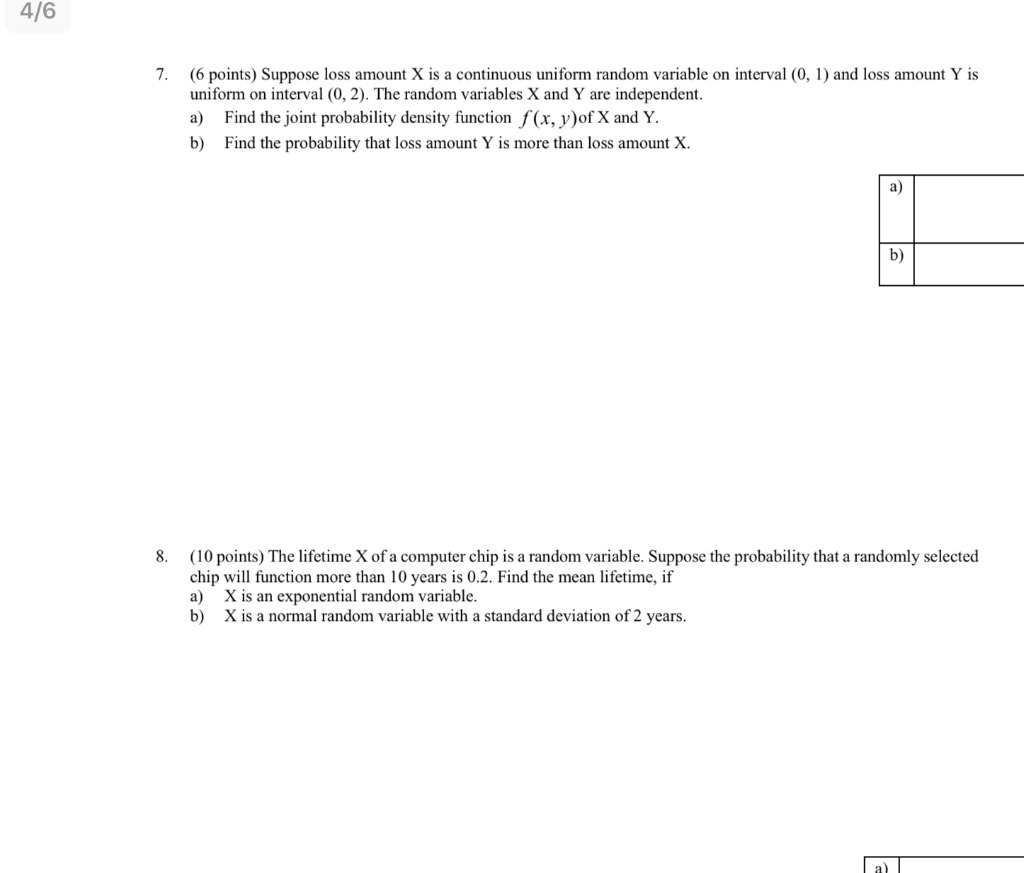Question
Let X and Y be two continuous random variables with joint probability density function f(x, y) = 12 5 xy(1 + y) for 0 ?
Let X and Y be two continuous random variables with joint probability density function
f(x, y) = 12
5 xy(1 + y) for 0 ? x ? 1 and 0 ? y ? 1,
and f(x, y) = 0 otherwise.
a. Find the probability P 1
4 ? X ? 1
2 , 1
3 ? Y ? 2
3
.
b. Determine the joint distribution function of X and Y for a and b between
0 and 1.
c. Use your answer from b to find FX(a) for a between 0 and 1.
d. Apply the rule on page 122 to find the probability density function of X
from the joint probability density function f(x, y). Use the result to verify
your answer from c.
e. Find out whether X and Y are independent.
9.11 Let X and Y be two continuous random variables, with the same
joint probability density function as in Exercise 9.10. Find the probability
P(X 9.12 The joint probability density function f of the pair (X, Y ) is given by f(x, y) = K(3x2 + 8xy) for 0 ? x ? 1 and 0 ? y ? 2, and f(x, y) = 0 for all other values of x and y. Here K is some positive constant. a. Find K. b. Determine the probability P(2X ? Y The technology matrix of an economic system of two industries is . . . . 0 50 0 41 0 30 0 33 = G. Test whether the system is viable as per Hawkins Simon conditions. 2. The technology matrix of an economic system of two industries is . . . . 0 6 0 20 0 9 0 80 = G. Test whether the system is viable as per Hawkins-Simon conditions. 3. The technology matrix of an economic system of two industries is . . . . 0 50 0 40 0 25 0 67 = G. Test whether the system is viable as per Hawkins-Simon conditions. 4. Two commodities A and B are produced such that 0.4 tonne of A and 0.7 tonne of B are required to produce a tonne of A. Similarly 0.1 tonne of A and 0.7 tonne of B are needed to produce a tonne of B. Write down the technology matrix. If 6.8 tonnes of A and 10.2 tonnes of B are required, find the gross production of both of them.


Step by Step Solution
There are 3 Steps involved in it
Step: 1

Get Instant Access to Expert-Tailored Solutions
See step-by-step solutions with expert insights and AI powered tools for academic success
Step: 2

Step: 3

Ace Your Homework with AI
Get the answers you need in no time with our AI-driven, step-by-step assistance
Get Started


